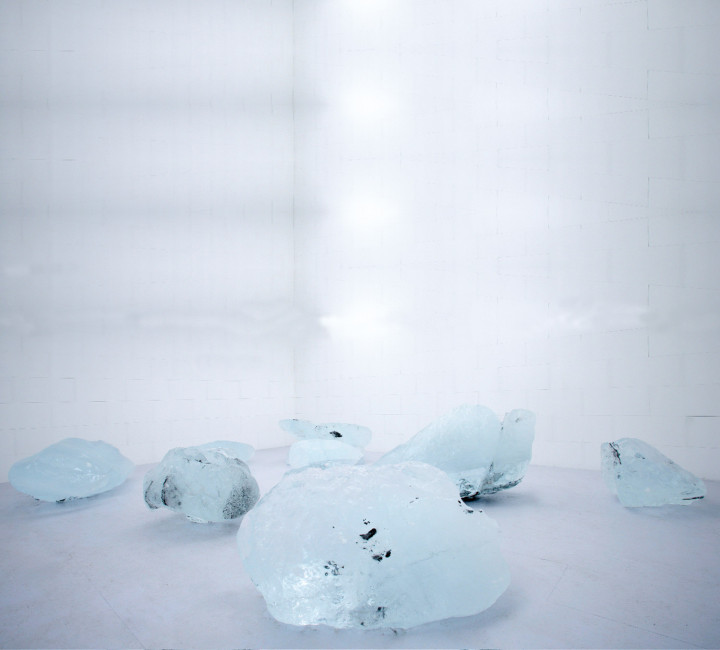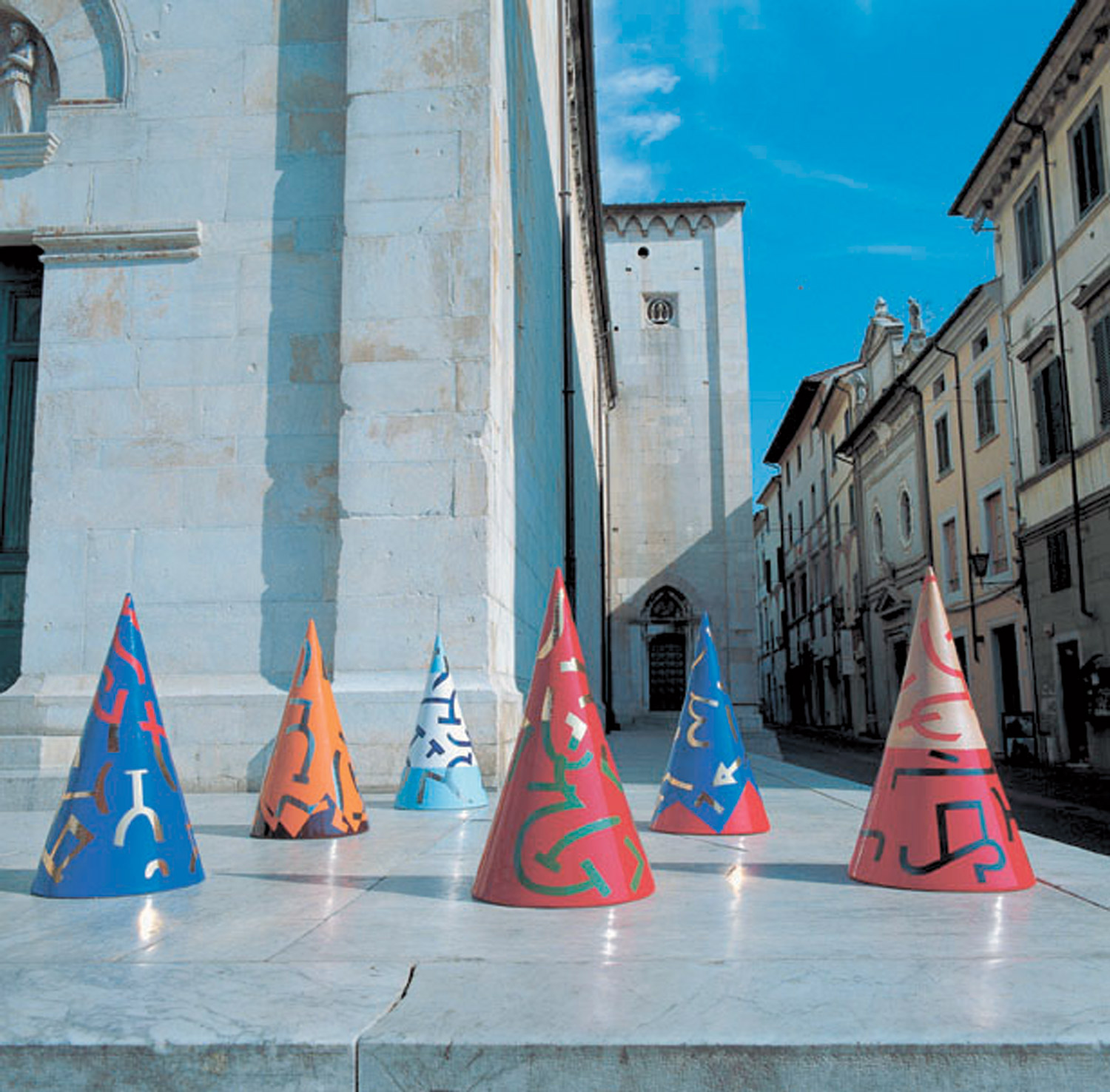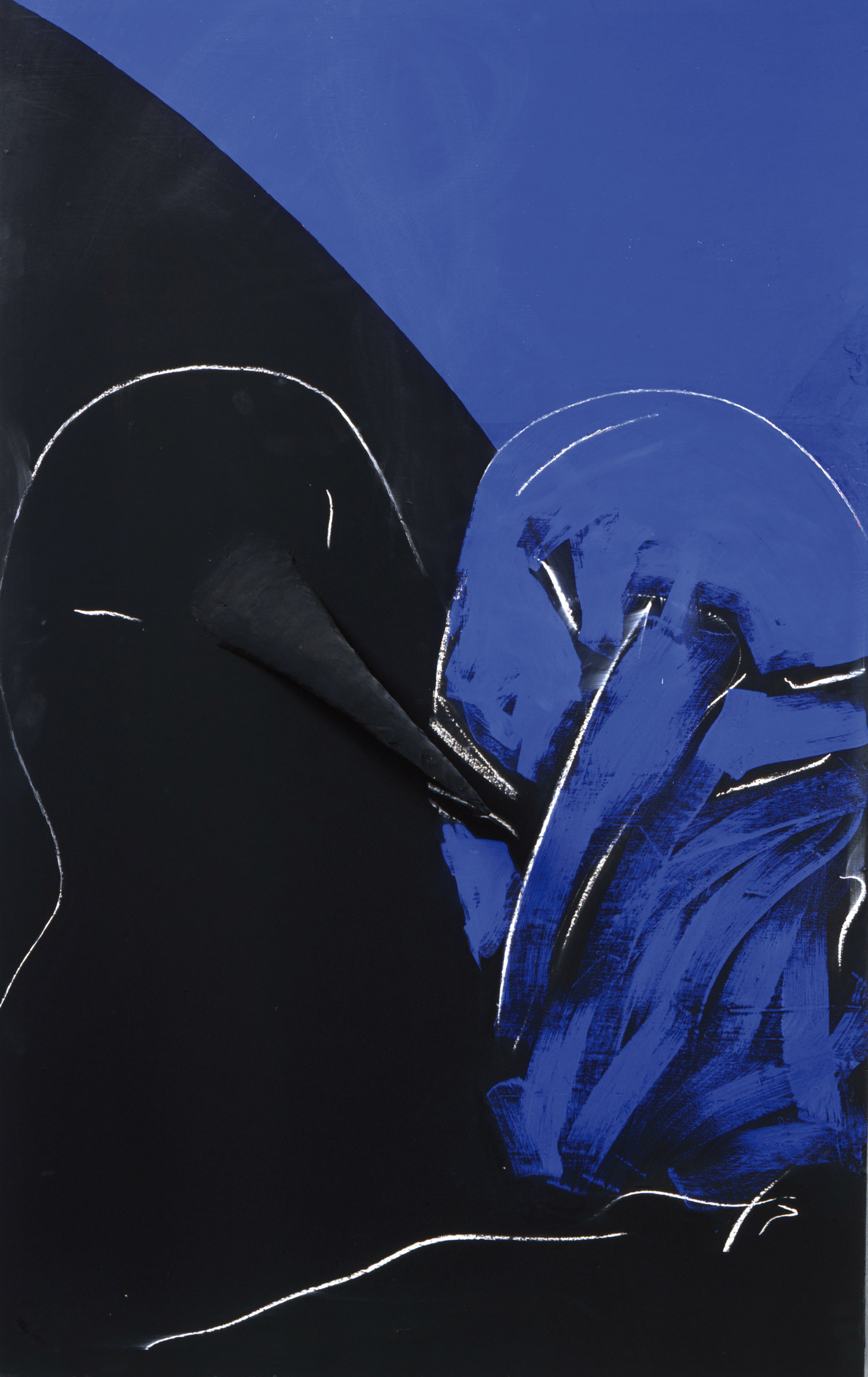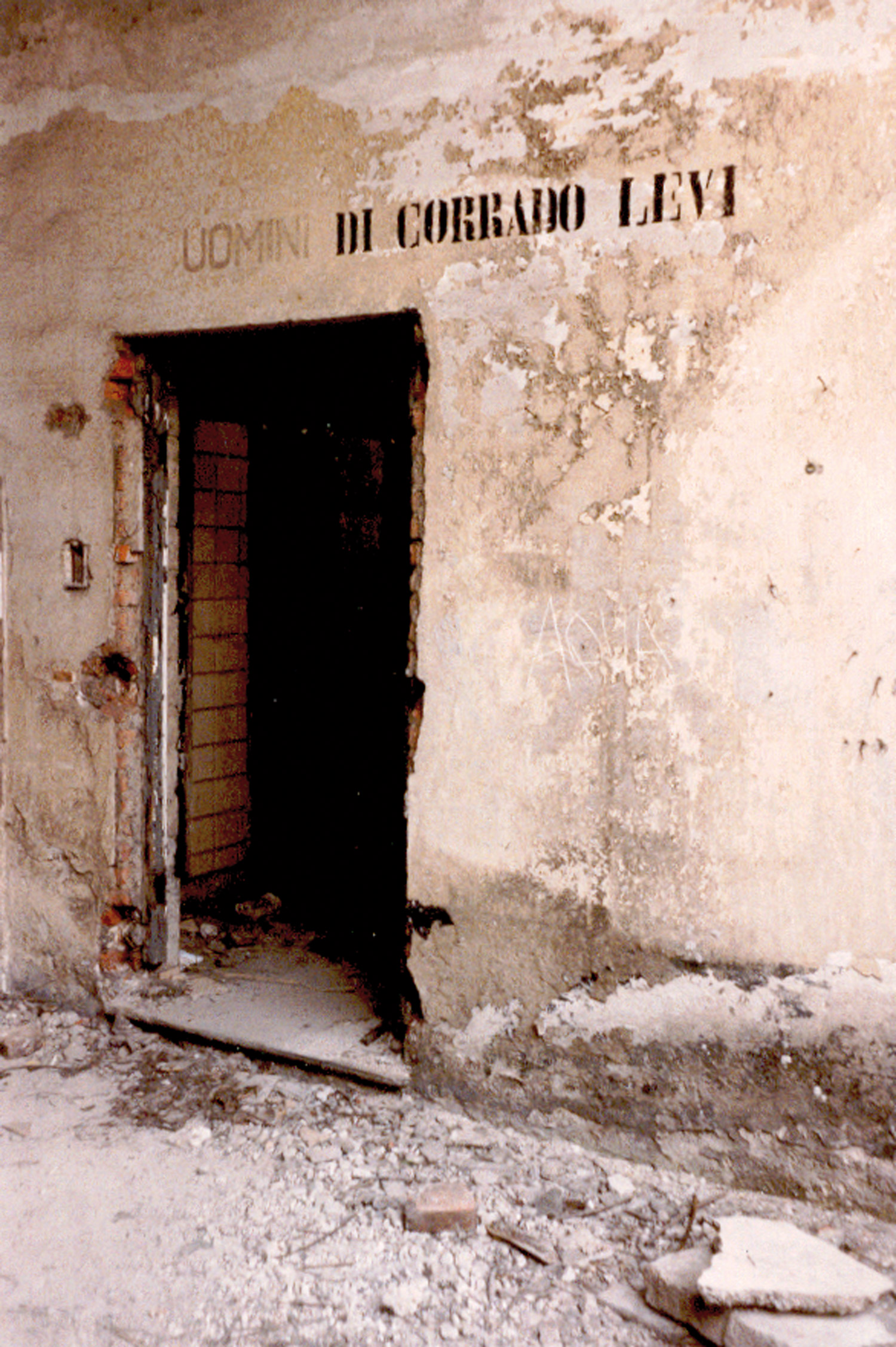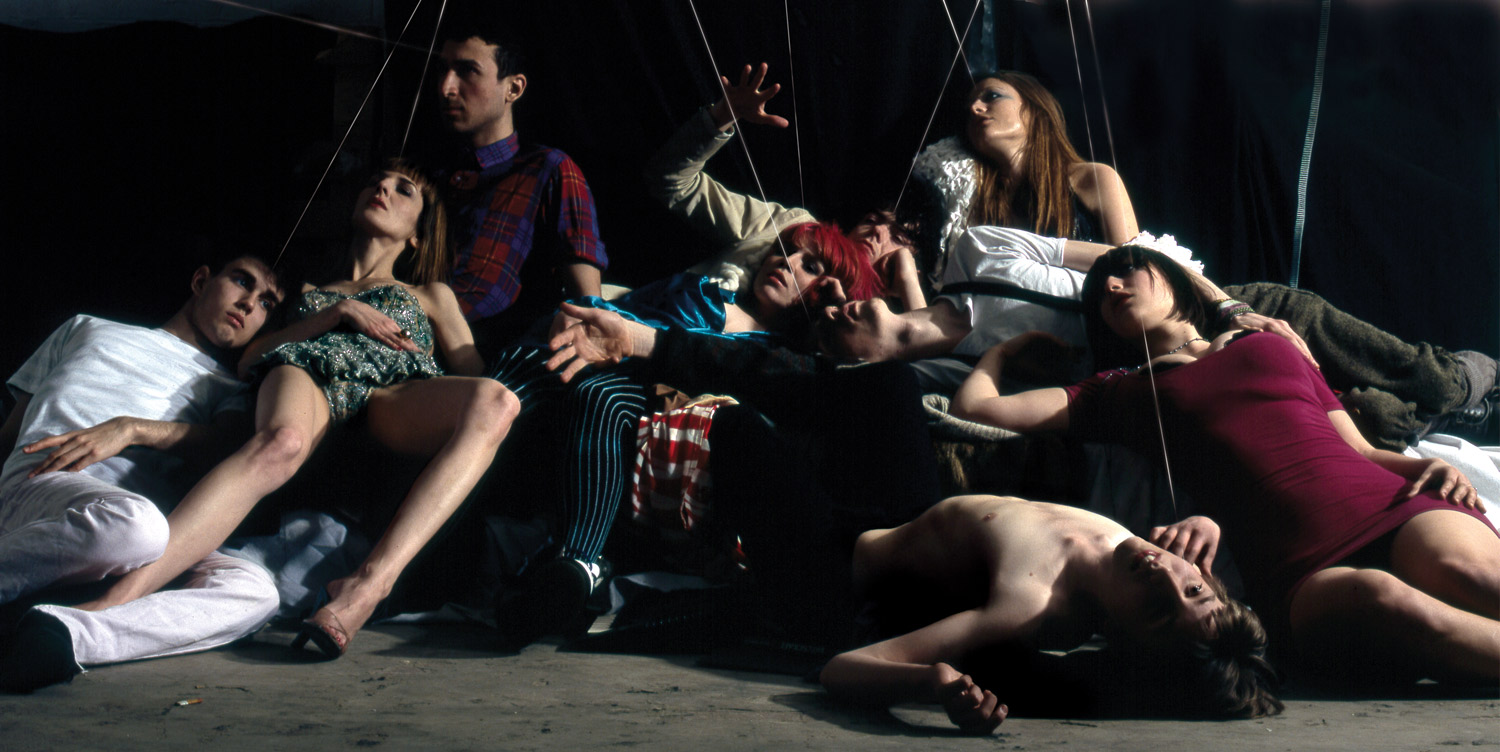
The theme of climate change has enjoyed the worldwide priority it deserves since the UN published its shocking first world climate report, Confronting Climate Change, in 2007. Problem areas such as global warming, rising sea levels, melting icecaps and retreating glaciers, for example, are now topics for serious discussion, and not just for politicians and the media. One clear symptom of this development is that Al Gore and the UN’s Intergovernmental Panel on Climate Change won the Nobel Peace Prize last year for their work in combating disastrous climate change. Fine art was ahead of the general public in starting to think about such matters — they have been on the aesthetic agenda since the early ’70s, in other words roughly from the time when scientists were starting to issue anxious warning signals — but art is also successfully contributing both pragmatic and critical-analytical elements to addressing climate change problems.
I would like to start with the idea of art attempting to vigorously and pragmatically respond to the consequences of climate change, which are already catastrophic on some levels. Slovenian artist Marjetica Potrc is developing architectural (survival) projects aimed first and foremost at certified crisis areas on the planet. But because of the global climate disaster, these strategies, which are orientated aesthetically as well as functionally, are gaining a necessary relevance that goes well beyond the local dimension. Rural Studio: The Lucy House Tornado Shelter (2007) represents a home that skillfully combines residential and shelter architecture. Potrc conceived the house for a typical US nuclear family with three children. She built in an extra room that offers safe protection from tornados and the comfort of a meditation space that can be used as a television window as well. This does not simply link Western and Eastern culture to some extent, but also acknowledges that weather conditions have changed everywhere thanks to the climate catastrophe.
One noticeable consequence of global warming is a conspicuous increase in the number of hurricanes. Tornados in particular are on the increase, and not just in the USA. In his important book The Weathermakers: The History and Impact of Future Climate Change (2005), Tim Flannery says that catastrophic events like hurricanes focus attention on climate change in a way that few other natural phenomena do. The Lucy House Tornado Shelter acknowledges precisely this state of affairs, which enables Marjetica Potrc to present an increasingly significant and globally applicable solution based on local problems.
The Italian artist Deborah Ligorio regularly revisits architectural aspects in her art. Her video Ritmi (2007) introduces centuries-old ‘natural’ ventilation systems from the Mediterranean region in a poetically objective fashion. Unlike modern air conditioning plants, these ventilation systems produce comfortable interior temperatures without using a great deal of energy, through careful management of air-flow within dense volcanic stone dwellings.
The Danish artist Tue Greenfort’s work regularly returns to ecological questions, as in his 2005 Kostenfreie öffentliche Buslinie (Free Public Bus Route) project. He initiated a free public bus route between two small towns for a group exhibition. The bus was intended to replace private transport that threatened the environment because of high exhaust emission levels. But even that was not enough: the bus itself ran on environmentally friendly vegetable oil. As so often in projects of this kind, the artwork operates in two ways: as a concrete solution to a problem, but above all as a “model that exists in reality” (Charles Esche) that tries to install new realities within the political situation, instead of revolutionizing it fundamentally.
Santiago Sierra also provocatively (rather than merely critically) addresses transport by car. In 2006, six cars with their engines running were spread around the little German town of Stommeln. The exhaust gases produced were piped into a local synagogue through hoses attached to the exhaust pipes. Gas masks were available outside the synagogue, guaranteeing that it could be entered safely. In fact the work had to be dismantled after a few days because there was so much violent criticism from the general public. But this criticism was based on a misunderstanding: the installation was intended to show that the act of driving a car today is to deliberately pollute the environment (with exhaust gases), and thus all who drive are directly responsible for environmental disasters with catastrophic consequences. just as in the Third Reich, no one is prepared to acknowledge responsibility for this catastrophe, despite knowing about it. And it is precisely this fact that makes it provocative but entirely accurate to draw a parallel as Sierra does between the gassing of the Jews and car exhaust emissions. The fact that visitors to the synagogue could put on the protective gas masks shows clearly that the artist is not interested in the mass deaths of Jews, but in the role of the protected perpetrators. Most of the people who visited the installation would have driven there by car!

It is extremely interesting that Santiago Sierra links his installation with Gustav Metzger’s Project Stockholm (1972), planned in preliminary form as Karba in 1972 for Documenta 5 in Kassel. The project placed 120 cars around a rectangular construction two-and-a-half to four-meters high. This room-like structure is built with transparent plastic, with holes drilled into it at regular intervals. The engines of these 120 cars run from morning to night, producing exhaust gases that are piped into the interior of the structure, so that it increasingly becomes a gray, acrid nightmare. A second phase of the project consisted of cars covered with unperforated plastic inside the structure, with full tanks and engines running. If the cars have not gone up in flames by noon the next day, a concluding third part of the experiment is planned, and this involves dropping little bombs onto the entire structure. Overall, with this work Gustav Metzger has found, like Santiago Sierra as well, a highly provocative image for something that happens day after day on ‘our’ roads: the closed system that is the environment is knowingly destroyed by ceaseless CO2 emissions.
Something that has already become a symbol of climate change is the increasingly rapid melting of the polar icecaps and the retreat of the glaciers, even in the European Alps. So it is not surprising that artists keep turning to this as a theme. One example is Olafur Eliasson with his installation Your Waste of Time (2006). Here Eliasson placed six tons of ice in the form of unprocessed blocks in a gallery insulated with white polystyrene sheets, and also kept it at a constant temperature of minus 6 degrees with a refrigeration plant. The ice came from a glacier in Olafur Eliasson’s homeland, Iceland. And immediately our “imaginary museum” (André Malraux) comes into play, along with our critical intelligence. So the (art)historical allusions extend from Casper David Friedrich to Walter de Maria’s Earthroom — under the heading transported ‘landscape’ — from the Hollywood blockbuster Titanic to de Rijke/de Rooij’s video work I’m Coming Home in Forty Days (1997), in which a ravishingly beautiful iceberg landscape is stoically filmed by a ship sailing past it. But at the same time explosive political questions are unleashed all round the installation, as clearly the Icelandic glacier ice, which is up to 15,000 years old, reminds us both of global warming and of the absurdity of postmodern indulgence — North Sea shrimps are peeled in Portugal as the transport costs are significantly lower than wage costs protected by trade unions. Furthermore, the installation binds itself into these disastrous contradictions, as the energy needed to keep this room in a Berlin gallery below freezing point for four weeks is contributing to the environmental disaster. The pellucid sculptural beauty of the installation and its political implications are diametrically opposed to each other.
Rachel Whiteread’s large-scale sculpture Embankment (2005) is again reminiscent of a gigantic iceberg, among other things. The British artist gives the iceberg a striking memorial — or is it a tombstone? — made of cardboard.
Finally, Roni Horn should be mentioned: she filled 24 transparent glass columns with water from different glaciers in her adopted island home, Iceland. Thus the installation-in-progress, Library of Water, becomes a record of glacier retreat in Iceland that is as sensitive as it is precise, as minimalist as it is poetic. In a second part of the work, Icelanders can describe their relationship with the weather; this material will later be posted on the Internet.
Leopold Kessler’s 2007 work Rotana Fountain addresses the fact that artists can sometimes be environmentally unfriendly “weathermen” themselves. Kessler, a Viennese artist, realized this intervention last year during the 8th Sharjah Biennale, in an emirate on the Persian Gulf in which the shortage of drinking water is still an acute problem. The intervention was recorded in a two-channel video installation. Leopold Kessler linked the swimming pool of the exclusive Sharjah Rotana Hotel with a public car park in such a way that water could be pumped out of the pool using the drop in the terrain — in other words in an environmentally friendly way, without any energy requirements. The water emerged again in a little fountain in a public space. The luxurious waste of water in the hotel pool, which is unused most of the time — it appears in the video with no one in it — was thus publicly criticized by the completely purposeless fountain, but at the same time the public were able to enjoy at least a little of the wealth of the hotel operators and their guests, in the form of this little fountain. By no means the least important thing about this work is that the young artist stayed in the Sharjah Rotana Hotel himself while preparing for the Biennale. Thus he includes himself and the art system in his socio-political critique of the way the water distribution network in the Arab Emirates functions.
Christine Würmell’s 2007 slide installation After 80 Slides It will Stop shows 80 identical shots of her electricity meter, taken on 80 consecutive days. The key to this work is the fact that the figures keep increasing. On the one hand this is in the tradition of Minimal and Concept Art, and on the other hand it is a frank record of her own involvement in the energy consumption problem. And the loop-style projection during the exhibition itself uses electricity, and so the art institution itself is drawn into Christine Würmell’s self-critical reflections.
Gustav Metzger’s most recent project, his cry of “RAF,” is in the same vein of criticizing the system. “RAF” does not stand for “Royal Air Force” or for the German terrorist group “Red Army Faction” here, but for “Reduce Art Flights.” And he’s right!

